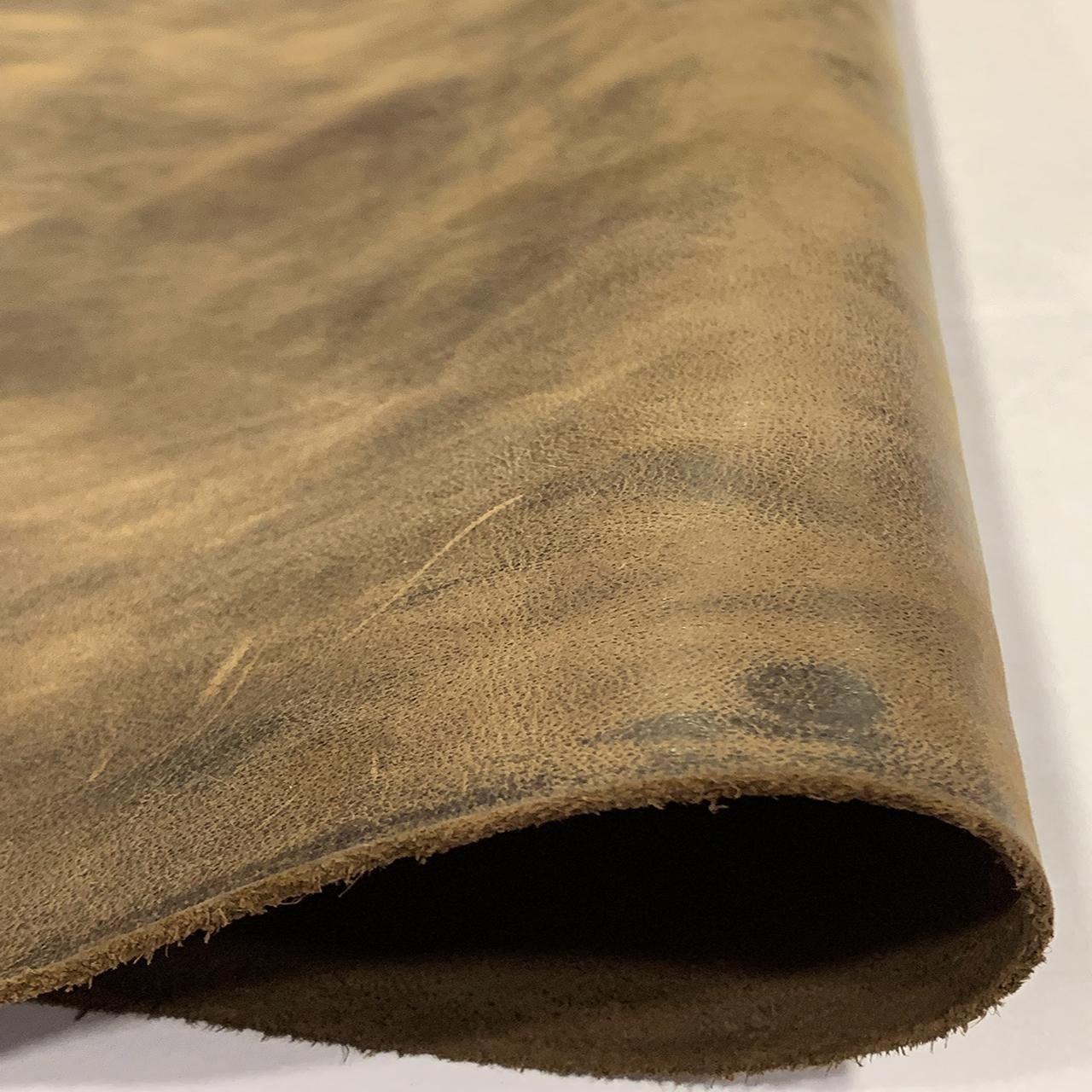

Reducing the thickness further will reduce that risk even more. Taking the center of the log out by splitting it in half will reduce both the incidence and severity of cracking. Most of my old beams were hollowed out on the underside with a hatchet to reduce weight and discourage cracking. Large logs should be at least split in half, or even hollowed on the underside to thin them. For most vegetable tanning related beam tasks, a larger surface contact between beam and tool is preferable. A very small radius results in a small area of contact between the tool and the beam surface. If the diameter is very small, you can flatten off the working area to a larger radius. I would try to stick with 8” diameter and larger, but to get started, or in emergencies, you can use a smaller diameter beam.
#TANNING HIDES SUPPLIES FREE#
If wood, it is best to have a smooth work area that is free of knots, large cracks, grain tears or other major blemishes extending at least 18 inches down from the top. 6.25 foot beam, which is just about right for me. For most, a beam around 6 to 6.5 feet long will do well. The tanners all purpose scrapping knife is of no use without a beam. Aside from unknown potential steel/tempering issues and iffy tangs, as a general purpose home tanning knife it seems likely to be a good choice for under 30.00 shipped. Aside from the potentially weak, narrow and probably short tangs, it looks promising, but I haven’t had a chance to use it at all yet. I like the overall form a lot for general use, and was told by a dealer that it is actually tempered tool steel, not mild steel. I just received the Wiebe 12” Fleshing knife in the Mail so I can review it for you guys. Read my blog post on fleshing knives, and watch the Fleshing Knives 101 video for more than you probably wanted to know about them.

Many new models are available on the market, but a lot of home tanners get by well with homemade tools. It is also handy when re-soaking dried hides to work open dry spots so that they rehydrate faster. In a typical vegetable tanning process, I will use this tool for fleshing, dehairing, re-fleshing, scudding, removing excess water and stretching open the skin. The tanner’s knife, or fleshing knife, is the most important multi-tasking tool of the tanner.


 0 kommentar(er)
0 kommentar(er)
